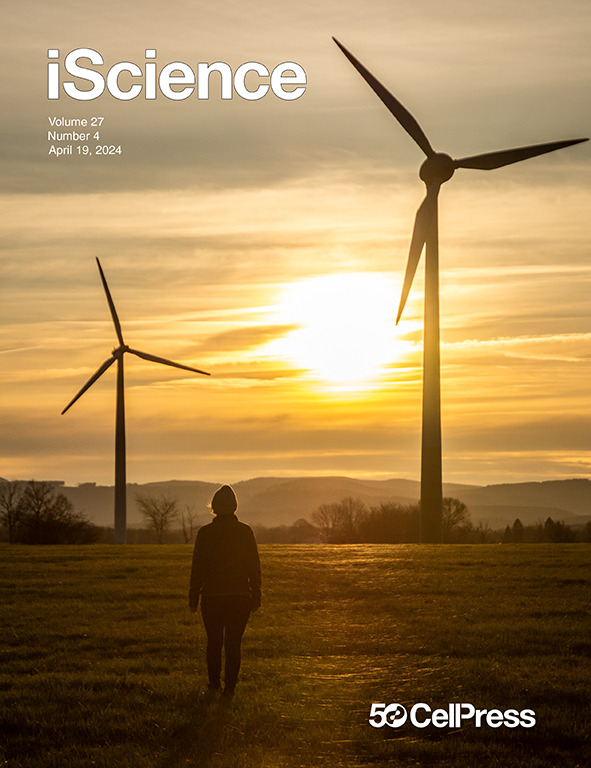Injured tubular epithelia-derived CCN1 promotes the mobilization of fibroblasts toward injury sites after kidney injury
IF 4.6
2区 综合性期刊
Q1 MULTIDISCIPLINARY SCIENCES
引用次数: 0
Abstract
Humoral factors that prompt fibroblasts to migrate to an injury site at an appropriate time point are deemed indispensable for repair after kidney injury. We herein demonstrated the pivotal roles of injured tubule-derived cellular communication network factor 1 (CCN1) in the mobilization of fibroblasts to the injury site after kidney injury. Based on analyses of ligand-receptor interactions in vitro and tubular epithelial-specific transcriptomics in vivo, we identified the up-regulation of CCN1 during the early phases of kidney injury. CCN1 promotes fibroblast chemotaxis through focal adhesion kinase-extracellular signal-regulated kinase (ERK) signaling. In vivo analyses utilizing tubular-specific CCN1 knockout (KO) mice demonstrated the sparse accumulation of fibroblasts around injured sites after injury, resulting in ameliorated tissue fibrosis in CCN1-KO mice. These results reveal an epithelial-fibroblast CCN1 signaling axis that mobilizes fibroblasts to injured tubule early after acute injury but that promotes interstitial fibrosis at late time points.

求助全文
约1分钟内获得全文
求助全文
来源期刊

iScience
Multidisciplinary-Multidisciplinary
CiteScore
7.20
自引率
1.70%
发文量
1972
审稿时长
6 weeks
期刊介绍:
Science has many big remaining questions. To address them, we will need to work collaboratively and across disciplines. The goal of iScience is to help fuel that type of interdisciplinary thinking. iScience is a new open-access journal from Cell Press that provides a platform for original research in the life, physical, and earth sciences. The primary criterion for publication in iScience is a significant contribution to a relevant field combined with robust results and underlying methodology. The advances appearing in iScience include both fundamental and applied investigations across this interdisciplinary range of topic areas. To support transparency in scientific investigation, we are happy to consider replication studies and papers that describe negative results.
We know you want your work to be published quickly and to be widely visible within your community and beyond. With the strong international reputation of Cell Press behind it, publication in iScience will help your work garner the attention and recognition it merits. Like all Cell Press journals, iScience prioritizes rapid publication. Our editorial team pays special attention to high-quality author service and to efficient, clear-cut decisions based on the information available within the manuscript. iScience taps into the expertise across Cell Press journals and selected partners to inform our editorial decisions and help publish your science in a timely and seamless way.
 求助内容:
求助内容: 应助结果提醒方式:
应助结果提醒方式:


